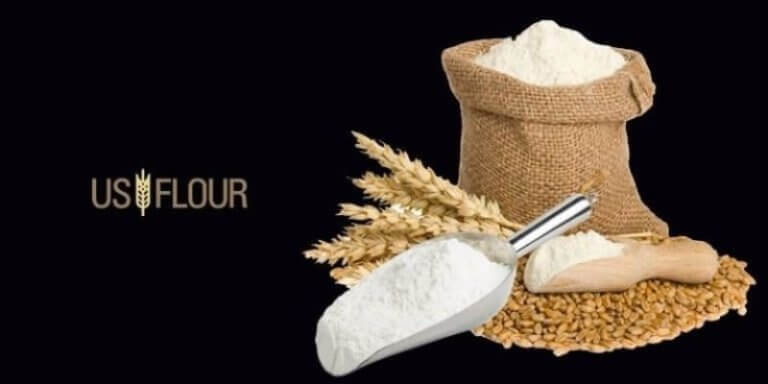How To Manage Your Bulk Flour Inventory

Out of the many food product businesses, the flour business is the one that requires quite a lot of management and caring for the product. Flour can go bad within days if not taken care of. It can be infected by pests. It is also perishable. Items like milk, egg, meat, etc can be stored only for a short period whereas flour can be stored for an extended period of time. Though it can be stored for a longer period of time as compared to the other items, it can become unusable after some time. Therefore, it is important to manage the bulk flour inventory.
Some of the profitable small scale flour businesses include bran, corn flour, gram flour, semolina, and wheat flour. If your business is large, instead of a pantry, you would need a warehouse. And inventory damage is a huge issue in the warehouse businesses. If a product is damaged, everyone involved in the production from making, storing to transportation is accountable. It is clearly very important to make sure the product doesn’t perish.
Product damage is inevitable and part of the cost of doing business, but it is also important that we take the necessary steps involved in safe store the product to avoid huge financial losses.
Managing your bulk flour inventory may look tiresome, but to make improvements to reduce product damage we have to do it. Some of the many things that you can do to manage the bulk flour inventory are:
- Choose the best place for the storage of the flour. It should be clean and dust-free.
- There should be a weekly pest control check.
- Make sure liquids do not come in contact with it.
- Make sure you have big enough and the best storage containers.
- Produce as much is required by the customers. Huge production with less demand may result in indirect loss.
- The storage containers must be clean.
- They should also be airtight. Oxygen is a big reason for flour spoils.
- The packaging should be proper.
- Flour should not be mishandled by the workers.
- The movement of the products should be swift and safe.
- Select the proper pallet. Inspect it before use.
- Use different types of containers like metals containers, bins, and boxes.
- The flour should be stored in a dark place.
- It should be stored in a cold space.
- If the flour is three months old or more, it should be tossed and not used anymore. It may damage other flour.
- Flour having signs of insect or rodent pests should also be discarded, because that is not healthy.
- Produce only enough flour. And replace it from time to time.
- Properly sealed flour in an air-tight bag can be kept in refrigerators. Refrigeration may extend their life by 50 percent.
- Maintain a safe warehouse using signage and visual aids like cameras.
We also need to protect the raw materials required for the production of the flour. The wheat grains, the rice grains, the different pulses like moong, chickpeas, etc need to be protected. The various ways for their safe storage and protection are:
- We need to differentiate between the soft and the hard grains.
- We must store them in a cool and dry place.
- We must put them into bags and bins that are completely airtight.
- We must make sure they do not come in contact with oxygen or water.
- We can apply different types of oil to them, like castor oil.
- We can use powders to protect them from germs. Powders like boric powder.
- Keep the temperature cool in summer.
- Store only quality grains. Avoid damaged grains.
- Check the grains frequently.
- Watch for insects and pests. And if present, remove immediately.
Summary:
In conclusion, we can say that it is very important to manage and protect the inventory we produce. The items we produce can be of any type from food products like candies and bread to plastic items like tables and chairs. Inventory management is the first and most important part of any business. As per the literal definition, inventory management is a systematic approach to sourcing, storing, and selling inventory—both raw materials (components) and finished goods (products). To minimize the losses we face from damaged products and unattended goods, we have to learn more about inventory management and take the necessary steps.
 Power to The Bakers.
Power to The Bakers.